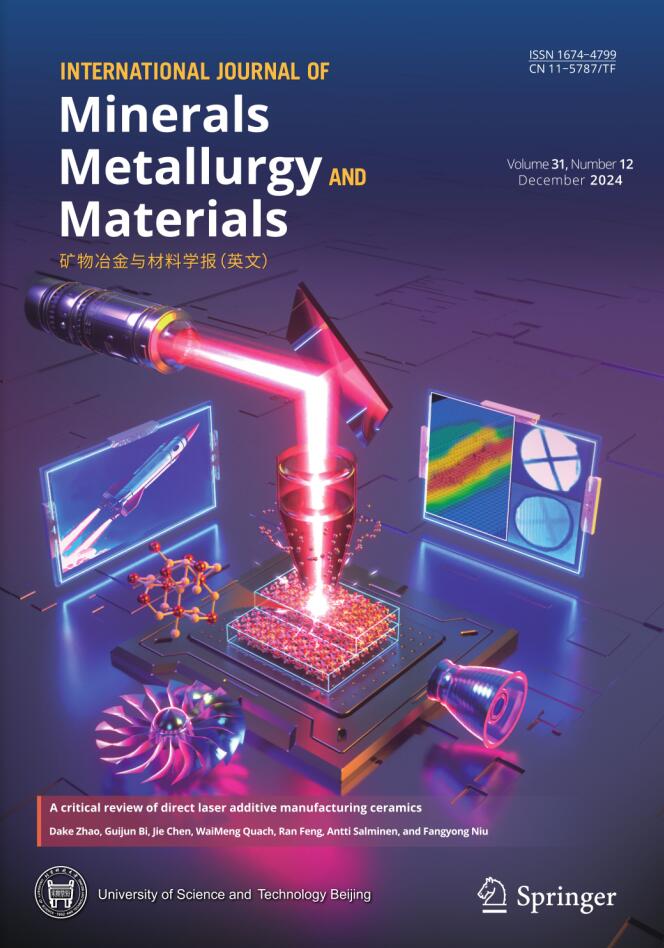Special Issue on Developments of Magnesium Alloys for Structural and Functional Applications
Deadline for manuscript submissions: closed (31 October 2021)
Guest Editors
Dr. Yuanding Huang
Institute of Metallic Biomaterials, Helmholtz-Zentrum Hereon, Max-Planck-Straße 1, 21502 Geesthacht, Germany
E-mail: yuanding.huang@hereon.de
Prof. Dr. Bin Jiang
National Engineering Research Center for Magnesium Alloys, College of Materials Science and Engineering, Chongqing University, Chongqing 400044, China
E-mail: jiangbinrong@cqu.edu.cn
Scope
Magnesium alloys have many advantages such as high specific strength, good castability, and high damping capacity, which are being considered as light weight structural materials for automobile and aeronautic applications. In this field, previous investigations were focused on how to improve their high temperature mechanical properties and how to improve their ambient ductility so that their industrial applications could be extended. Besides these structural applications, based on their poor corrosion resistance, magnesium alloys can also be developed as the degradable materials for functional applications. One recent innovative application of magnesium alloys is as biodegradable materials owing to their excellent biocompatibility and their close elastic modulus to that of natural bones. Other functional applications of magnesium alloys include that they can be developed as anode materials for batteries or as the hydrogen storage materials.
Considering the importance to extend the applications of magnesium alloys, this Special Issue will collect the papers reporting the current status of magnesium alloys’ application developments and future trends of their applications. The papers related with these aspects, especially with focus on the experimental and/or theoretical investigations to develop magnesium alloys for structural and functional applications, are welcome. The aim of this Special Issue is thus to provide the readers with some perspectives of the latest progresses in the developments and applications of magnesium alloys.
Manuscript submission information
The online submission site for this journal is located at https://mc03.manuscriptcentral.com/ijom. To ensure that your manuscripts are correctly identified for inclusion into the special issue, it is important for you to select ‘‘Developments of magnesium alloys for structural and functional applications” when you reach the “Type” step during the submission process.
Submitted manuscripts should not have been published previously, nor be under considerations for publication elsewhere. All manuscripts will be thoroughly evaluated through a double-blind peer-review process by at least two qualified reviewers. A guide for authors for submission of manuscripts is available on the Instructions for Authors page.
Please visit the Instructions for Authors page before submitting a manuscript. Submitted papers should be well formatted and written in good English.
-
Editorial for special issue on developments of magnesium alloys for structural and functional applications
2022, vol. 29, no. 7, pp. 1307-1309. doi: 10.1007/s12613-022-2515-3
-
Effects of runner design and pressurization on the microstructure of a high-pressure die cast Mg–3.0Nd–0.3Zn–0.6Zr alloy
2022, vol. 29, no. 7, pp. 1310-1316. doi: 10.1007/s12613-021-2386-z
-
Revealing the nucleation event of Mg–Al alloy induced by Fe impurity
2022, vol. 29, no. 7, pp. 1317-1321. doi: 10.1007/s12613-021-2406-z
-
Improving the room-temperature bendability of Mg–3Al–1Zn alloy sheet by introducing a bimodal microstructure and the texture re-orientation
2022, vol. 29, no. 7, pp. 1322-1333. doi: 10.1007/s12613-021-2384-1
-
Effect of bending and tension deformation on the texture evolution and stretch formability of Mg–Zn–RE–Zr alloy
2022, vol. 29, no. 7, pp. 1334-1342. doi: 10.1007/s12613-021-2398-8
-
Enhanced mechanical properties of Mg–3Al–1Zn alloy sheets through slope extrusion
2022, vol. 29, no. 7, pp. 1343-1350. doi: 10.1007/s12613-021-2370-7
-
Effect of axial preloading on mechanical behavior during the free-end torsion of an extruded AZ31 magnesium alloy
2022, vol. 29, no. 7, pp. 1351-1360. doi: 10.1007/s12613-022-2417-4
-
Microstructure evolution and corrosion resistance of AZ31 magnesium alloy tube by stagger spinning
2022, vol. 29, no. 7, pp. 1361-1372. doi: 10.1007/s12613-021-2396-x
-
High-temperature mechanical properties of as-extruded AZ80 magnesium alloy at different strain rates
2022, vol. 29, no. 7, pp. 1373-1379. doi: 10.1007/s12613-022-2456-x
-
Effects of Li addition on the microstructure and tensile properties of the extruded Mg–1Zn–xLi alloy
2022, vol. 29, no. 7, pp. 1380-1387. doi: 10.1007/s12613-021-2340-0
-
Optimisation of alloy composition for highly-formable magnesium sheet
2022, vol. 29, no. 7, pp. 1388-1395. doi: 10.1007/s12613-021-2365-4
-
Low-cost and high-strength Mg−Al−Ca−Zn−Mn wrought alloy with balanced ductility
2022, vol. 29, no. 7, pp. 1396-1405. doi: 10.1007/s12613-021-2395-y
-
Fabrication and performance of 3D co-continuous magnesium composites reinforced with Ti2AlNx MAX phase
2022, vol. 29, no. 7, pp. 1406-1412. doi: 10.1007/s12613-022-2427-2
-
Utilization of surface nanocrystalline to improve the bendability of AZ31 Mg alloy sheet
2022, vol. 29, no. 7, pp. 1413-1424. doi: 10.1007/s12613-022-2414-7
-
Tribological behaviors of graphene oxide partly substituted with nano-SiO2 as lubricant additives in water for magnesium alloy/steel interfaces
2022, vol. 29, no. 7, pp. 1425-1434. doi: 10.1007/s12613-022-2465-9
-
Review on the phosphate-based conversion coatings of magnesium and its alloys
2022, vol. 29, no. 7, pp. 1435-1452. doi: 10.1007/s12613-022-2419-2
-
Effect of carbonate additive on the microstructure and corrosion resistance of plasma electrolytic oxidation coating on Mg–9Li–3Al alloy
2022, vol. 29, no. 7, pp. 1453-1463. doi: 10.1007/s12613-021-2377-0
-
Constructing graphene nanosheet-supported FeOOH nanodots for hydrogen storage of MgH2
2022, vol. 29, no. 7, pp. 1464-1473. doi: 10.1007/s12613-021-2393-0



 Search
Search
 Submit Manuscript
Submit Manuscript E-mail alert
E-mail alert RSS
RSS

